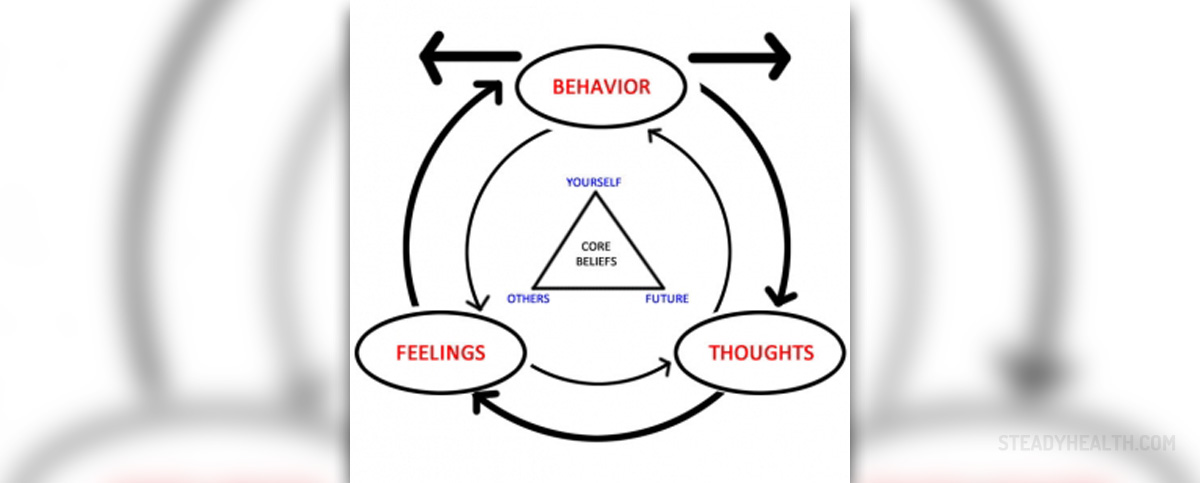
DBT is short for Dialectal Behavioral Therapy. It draws upon elements of eastern philosophy (like Zen Buddhism and such), as well a the structured form of "cognitive behavioral therapy" which is more common in the West. It was designed to meet the needs of patients who were irresponsive to CBT (Cognitive Behavioral Therapy) such as patients with BPD (Borderline Personality Disorders), suicidal ideation, etc.
Dialectical?
The ways we understand the word "dialectical" may vary, but one of the concepts is the one of Socrates. According to him, the truth was only able to be identified and pinned down via discussion and dialogue. During the course of treatment, this concept is further pushed towards its logical extreme by means of assuming that both of the sides are speaking the truth, which in turn may provide for a slightly sharper discussion.
And another example of a dialectical conflict (or "dialectical self", more-like) is a patient who wants but is unable to change.
The Goals, the Methods, and the Aspects of DBT
Thusly, in a manner of speaking, the goal of therapy is to allow the patients to recognize the two "realities" and help him or her choose the one which is true completely on his own.
One of the means of this is identifying a series of steps which are used to validate the person's desire to change – because after all it is one of the most critical requisites of this treatment. Their goal is also to help the person rid himself of the frightening or negative behaviors such as self-injury, etc.
There is a set of skills a person ought to learn along the course of DBT treatment. And they are to be practices at home as well. As the person learns these skills, he or she is to be gradually, further exposed to the negative thoughts and feelings. The skills are the applied to recurrent the thought patterns in a more creative way.
There is an emphasis on mindfulness and the ability to see a situation in multiple ways – whilst all of them are true.
Conclusively, it is also important for the therapist to assume and remain a dialectical stance towards the patient throughout the course, in order to allow him or her to question the reality (or realities) he or she may be convinced are true.
In the end, and as it has been already mentioned before, it is noteworthy that DBT was developed as a set of methods to replace the ones of CBT when treatment was not effective. This fact may be critical to the decision whether it is necessary to go with CBT or DBT.

















Your thoughts on this
Loading...